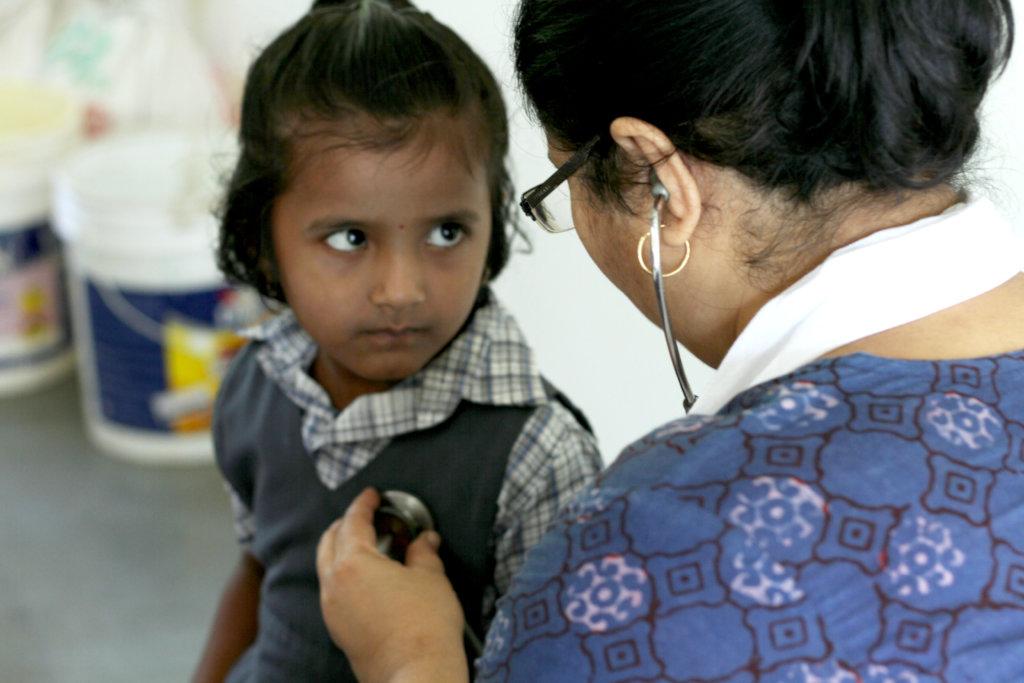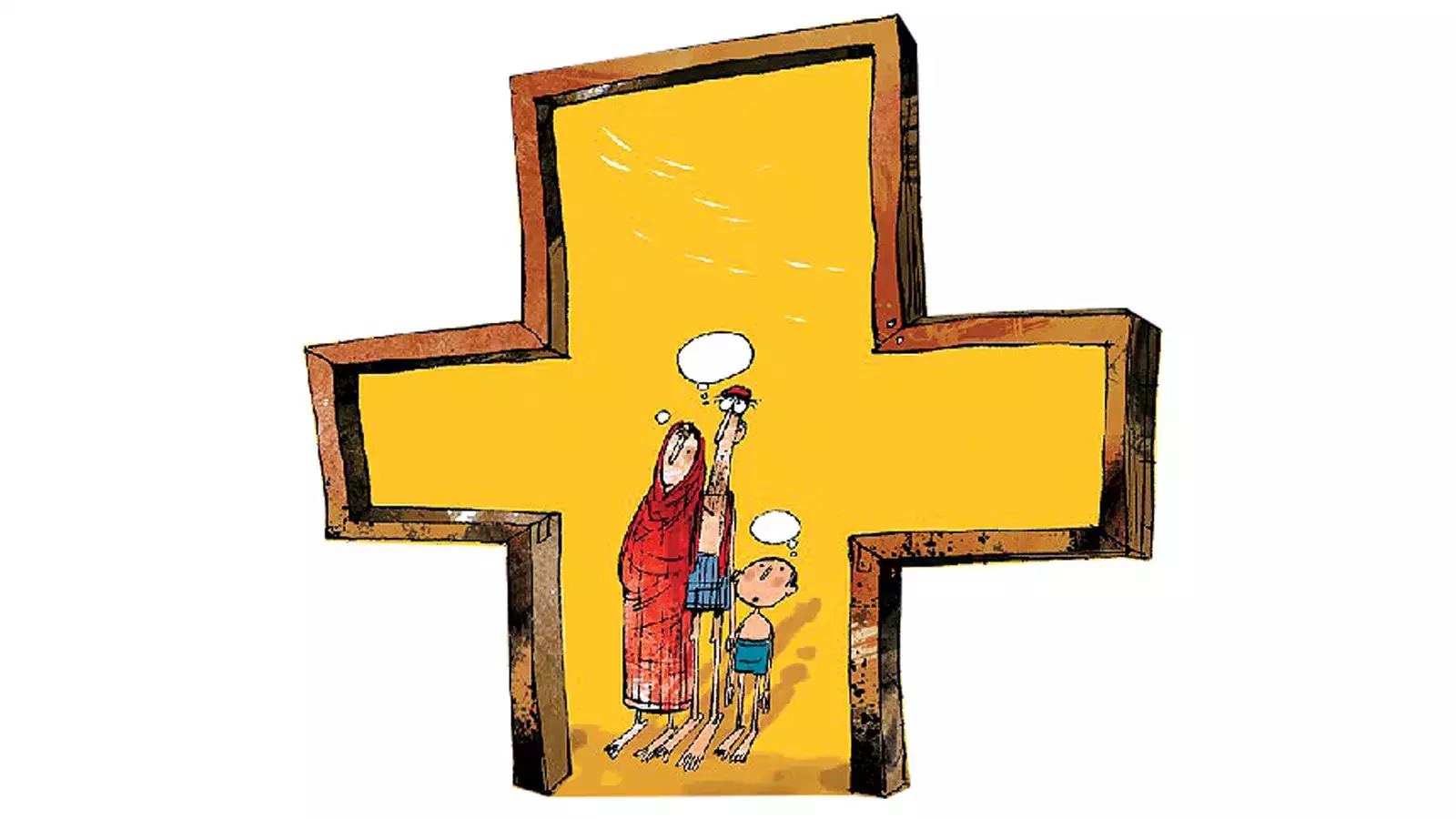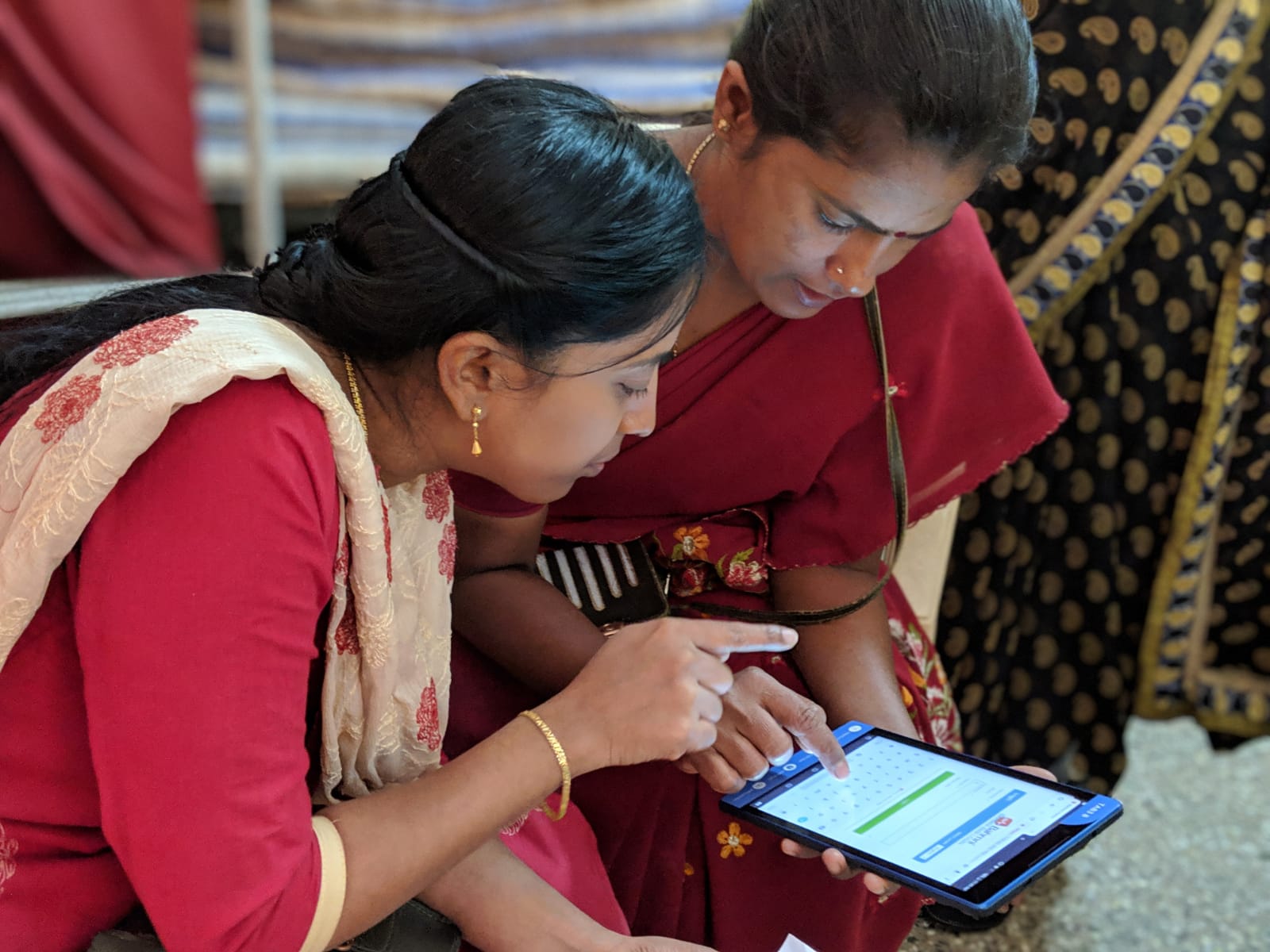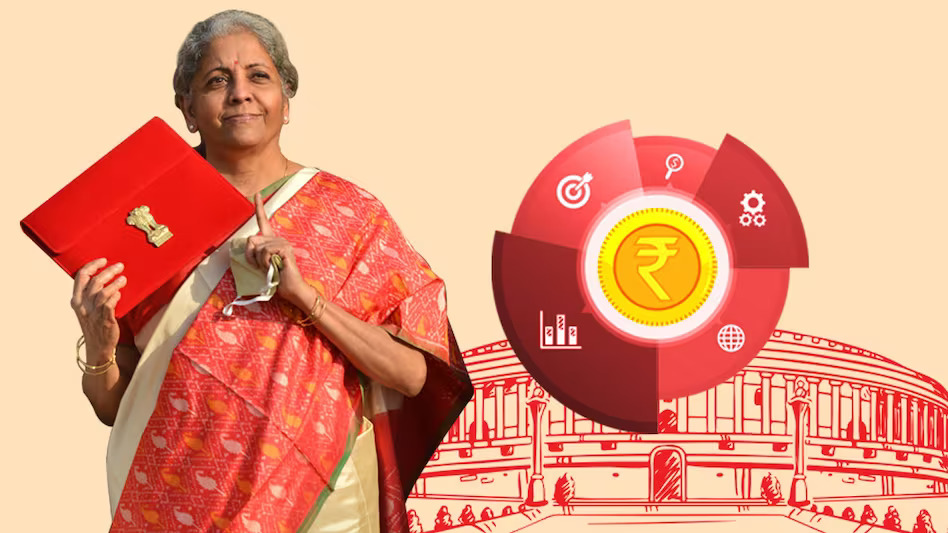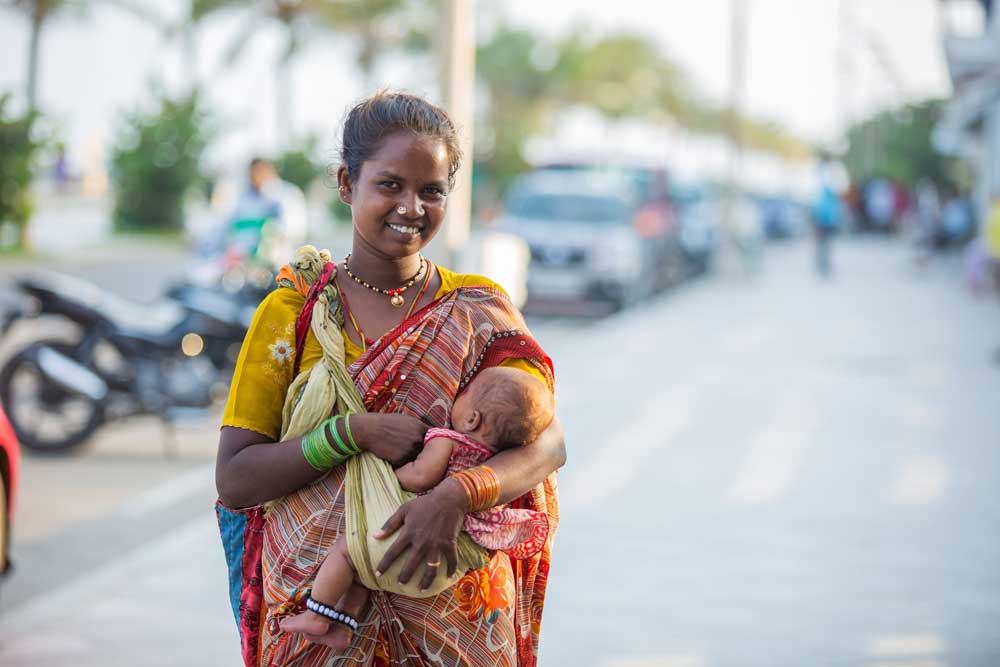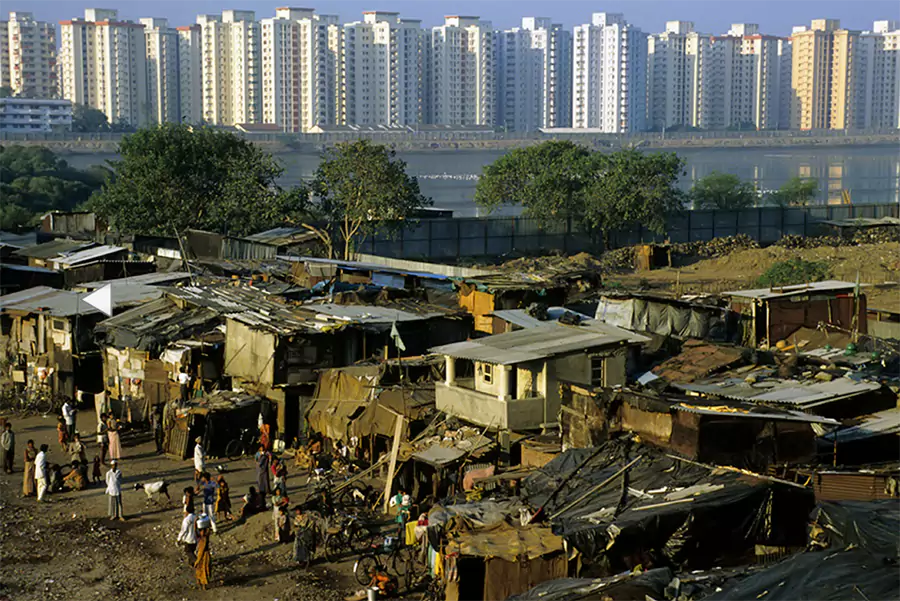A health care system is only as strong as the people who run it. Yet, for many female health care professionals, unsafe workplaces, inadequate facilities, and systemic barriers make it harder to provide quality care. A strong health care system must be safe, inclusive, and accessible for all. Gender-responsive infrastructure plays a critical role in ensuring that patients receive dignified care and that health care professionals work in secure environments. Yet, in many health care settings across India, gender disparities in infrastructure continue to create barriers for both those seeking care and those providing it. Without a deliberate shift toward health care infrastructure that is gender equitable and responsive, health care spaces will continue to perpetuate inequities rather than bridging them.
Why health care spaces are unsafe for women?
Ensuring safe and supportive working conditions is essential not just for the health care providers but also for the patients who depend on them. Female doctors, nurses, and community health workers (CHWs) face everyday hurdles that limit their ability to work with safety and dignity. These barriers, ranging from inadequate amenities to unsafe work environments also make health care less accessible for women patients. Addressing them is critical for a gender-responsive health system.
A 2024 survey on Workplace Safety and Security in Indian Health Care Settings revealed that 78.1% of health care professionals reported the absence of separate duty rooms for female staff, including doctors and nurses. The absence of basic amenities is a significant challenge faced by female health care workers as well as female patients. Many female doctors are forced to share overcrowded rooms with little privacy. Nurses and CHWs often work long hours without access to secure rest spaces or changing rooms.1,2 Hospital-provided accommodation, where available, is often unsafe or lacks basic facilities. Women are forced to find alternative housing, often at their own expense, or stay in shared dormitories that don’t address their safety or privacy. These challenges discourage many skilled professionals from accepting postings in rural areas and ultimately affecting their career growth.3,4 This also affects women patients. Without separate waiting areas, breastfeeding spaces, or private examination rooms, many hesitate to visit health facilities especially for maternal or reproductive care. A 2022 Oxfam India report found that nearly 40% of women felt unsafe or uncomfortable in public health facilities due to lack of privacy.5
The 2024 survey also highlights 69.5% of respondents reported there were no separate washrooms for women, and more than 79% noted the absence of menstrual hygiene management facilities.6 Poor sanitation and hygiene facilities add to the challenges faced by female health care workers and patients. Without access to clean toilets and sanitary products, women health care workers are often forced to manage their menstrual hygiene in unhygienic and uncomfortable conditions. Lack of clean, functional toilets also increases the risk of hospital-acquired infections, especially in maternity wards, putting both mothers and newborns at risk.8,9 Inadequate sanitation also contributes to concerns about personal safety, particularly in isolated or poorly maintained areas of health care facilities.
A recent Indian Medical Association study of 3,885 respondents showed that over 36% of doctors, more women than men, felt “unsafe” or “very unsafe” during night shifts.10 Security concerns are another set of challenge faced by female health workers. In certain instances, security personnel are not assigned to the maternity wing, and security is prioritized for male administration and clinical staff. This makes the female health care workers vulnerable to frequent attacks and harassment from family members of patients especially during refusal of certain treatments. Nurses and CHWs are especially vulnerable due to their direct and prolonged contact with patients and their work in under-resourced settings, where security measures are weak.11 These security concerns become worse when there are limited ways to report or act on such incidents.
A study focusing on Low reporting of violence against health care workers in India found that approximately 3/4th of the respondents felt there was no formal procedure for reporting verbal abuse or physical violence in the health care settings.12 India’s Prevention of Sexual Harassment (POSH) Act mandates that every workplace, including hospitals, must have an Internal Complaints Committee. However, most health care facilities lack proper grievance redressal systems making it a challenge for female employees at a health care setting to raise concern about facing any workplace abuse. Other grievance redressal mechanisms for sexual and workplace harassment include the Sexual Harassment Electronic Box (SHe-Box), an online portal for registering sexual harassment complaints and the Grievance Redressal Cell established by the Trained Nurses’ Association of India (TNAI) for registered nurses to file various grievances, including sexual harassment. However, these are not widely used.13,14,15
These gaps have also led to a rise in workplace violence. A survey conducted by the Indian Medical Association highlighted that 75% of doctors had experienced violence at work. Women health care workers often face not just physical and verbal abuse but also sexual harassment and bullying from patients, their families, colleagues, and supervisors.16 In recent days, the incident at R.G. Kar Medical College and Hospital in Kolkata emphasised the pressing challenges and risks faced by health care professionals. A 31-year-old female postgraduate trainee doctor was murdered in a seminar hall within the hospital premises. The hall, intended as a temporary resting space for overworked doctors, lacked basic security features, such as monitoring, secure entry systems, and private areas for women to access.17,18
The absence of gender-sensitive planning and weak enforcement of protective laws make it difficult for female health care workers to do their jobs safely and with dignity. For patients too, these systemic gaps often lead to delayed or avoided care. The cumulative impact of these failures contributes to a culture where workplace violence becomes more likely, rather than an isolated occurrence. Addressing these gaps requires not just infrastructure improvements but a shift in how gender-sensitive care is prioritized in policy and practice. Several countries have successfully integrated gender-sensitive policies into their health care systems from which India can draw valuable lessons.
Learning from the global best practices
Understanding global best practices allows us to see how targeted policies and investments can lead to tangible improvements in gender-sensitive health care. These examples offer potential road map for adaptation in India’s health care landscape.
- Brazil: In March 2023, Brazil launched the Programa Nacional de Equidade de Gênero, Raça e Valorização to address gender and racial inequalities among health workers. This initiative seeks to protect over 2.1 million female health workers by combating workplace violence and discrimination based on gender and race. It prioritizes creating safer working conditions and promoting equity within the health care system.19
- Rwanda: To increase access to expert birth attendance and lower maternal and newborn mortality, an international NGO Matres Mundi, supported the Reproductive Health programme of Rwanda to establish maternity waiting homes (MWHs), which are residential facilities close to medical facilities that offer lodging to expectant mothers reaching the end of their pregnancy. MWHs are intended to help women who have high-risk pregnancies overcome the difficulties they have in getting timely obstetric treatment. MWHs have enhanced access to maternity care, decreased maternal mortality, and expanded access to skilled birth attendance.20,21
However, it is crucial to tailor global interventions to local contexts, ensuring that gender-sensitive infrastructure, policies, and practices are embedded within national health strategies.
The way forward to build a more inclusive health care system
Without safe and dignified working conditions, health care professionals especially women cannot provide the level of care that patients need. And when women patients avoid seeking care due to discomfort, and unsafe hospital environments, the system is failing its most vulnerable.
By focusing on infrastructure, policies, and resources, the following recommendations aim to bridge the gaps in the current system and create a more equitable health care framework.
- Leverage PM-ABHIM: The Pradhan Mantri Ayushman Bharat Health Infrastructure Mission (PM-ABHIM) presents a major opportunity to integrate gender-responsive infrastructure upgrades in public hospitals. This can include well-lit hospital premises, women-only waiting areas, CCTV-monitored entry points, separate emergency care areas for women, and secure accommodation for female medical staff.22
- Institutionalize gender-sensitive workplace policies in health care: Integrating gender-sensitive workplace policies in health care institutions are essential to ensuring safe and equitable environments for female health care professionals. One such example is the Tamil Nadu State Policy for Women 2024, which emphasizes zero tolerance for violence and abuse across all sectors, including health care. This policy mandates the establishment of Internal Complaints Committees (ICCs) in organizations, ensuring that sexual harassment complaints are addressed effectively. It also advocates for gender-sensitive reforms that foster safer work environments for women.
- Enforce gender sensitivity through accountability: To ensure long-term, systemic change, gender-sensitive policies in health care must be backed by accountability mechanisms. Establishing regular gender audits, performance reviews, and compliance assessments can help track progress in implementing gender-responsive infrastructure and workplace reforms.
- Increase female representation in health care leadership: Women in leadership roles can drive gender-sensitive reforms from the top-down. Representation of women in decision-making roles ensures that the unique challenges faced by female health care workers and patients are addressed at policy and operational levels.
The urgency of gender-sensitive health care reforms
Building gender-responsive health care infrastructure is not just about brick-and-mortar improvements. It requires a comprehensive shift in how safety, equity, and inclusion are embedded into policy, training, service delivery, and workplace environments.
Addressing infrastructural gaps such as lack of security, inadequate facilities, and unsafe housing and transportation for health care workers alongside enforcing gender-sensitive policies will significantly improve health care access and outcomes for both patients and professionals. Training health care workers, integrating workplace protections, leveraging initiatives like PM-ABHIM, and institutionalizing accountability mechanisms are essential steps toward achieving this transformation. A stronger health care system isn’t just about laws or policies but it’s about real change on the ground. It means hospitals designed with women in mind, clear protections for female health care workers, and policies that ensure accountability.
Gender-sensitive health care is not a distant goal rather it is a present necessity. Every delay in action perpetuates systemic inequities, compromises patient safety, and drives skilled professionals out of the workforce. The time to act is now. By making health care spaces safer, more inclusive, and equitable, we are not just reforming infrastructure; we are reinforcing dignity, security, and trust in India’s health care system.
References:
- UNICEF. UNICEF. [cited 2025 Jan 17]. WASH in health care facilities | UNICEF India. Available from:
- Chadhar K, Mishra R, Das S, Prasad IS, Gupta P. Workplace Safety and Security in Indian Healthcare Settings: A Cross-Sectional Survey. Epidemiol Int E-ISSN 2455-7048. 2024 Oct 7;9(3):1–12
- Ghebreyesus DTA. World Health Organisation. 2019 [cited 2025 Feb 4]. Female health workers drive global health. Available from:
- Das P, Rajesh R, Negi S, Bapat D. Gender Responsive Health Infrastructure – A guide [Internet]. Gender Collab. [cited 2025 Jan 23]. Available from:
- Kundu A, Khan K, Varghese K, S. Madheswaran, Karthick V, K N A. India Discrimination Report 2022 [Internet]. OXFAM; 2022 Sep [cited 2025 Jan 10]. Available
- Chadhar K, Mishra R, Das S, Prasad IS, Gupta P. Workplace Safety and Security in Indian Healthcare Settings: A Cross-Sectional Survey. Epidemiol Int E-ISSN 2455-7048. 2024 Oct 7;9(3):1–12
- Chadhar K, Mishra R, Das S, Prasad IS, Gupta P. Workplace Safety and Security in Indian Healthcare Settings: A Cross-Sectional Survey. Epidemiol Int E-ISSN 2455-7048. 2024 Oct 7;9(3):1–12.
- Adu-Bonsaffoh K, Mehrtash H, Guure C, Maya E, Vogel JP, Irinyenikan TA, et al. Vaginal examinations and mistreatment of women during facility-based childbirth in health facilities: secondary analysis of labour observations in Ghana, Guinea and Nigeria. BMJ Glob Health. 2021 Nov 17;5(Suppl 2):e006640.
- UNICEF. UNICEF. [cited 2025 Jan 17]. WASH in health care facilities | UNICEF India. Available from:
- PTI. Hindustan Times. 2024 [cited 2025 Mar 25]. Over 35% of 3,885 doctors, mostly women, feel unsafe during night shifts: IMA study. Available from:
- Das, P., Ramani, S., Newton-Lewis, T., Nagpal, P., Khalil, K., Gharai, D., … Kammowanee, R. (2022). “We are nurses – what can we say?”: power asymmetries and Auxiliary Nurse Midwives in an Indian state. Sexual and Reproductive Health Matters, 29(2).
- Garg R, Garg N, Sharma DK, Gupta S. Low reporting of violence against health-care workers in India in spite of high prevalence. Med J Armed Forces India. 2019 Apr;75(2):211–5.
- Moy AJ, Schwartz JM, Chen R, Sadri S, Lucas E, Cato KD, et al. Measurement of clinical documentation burden among physicians and nurses using electronic health records: a scoping review. J Am Med Inform Assoc. 2021 May 1;28(5):998–1008.
- Das, P., Ramani, S., Newton-Lewis, T., Nagpal, P., Khalil, K., Gharai, D., … Kammowanee, R. (2022). “We are nurses – what can we say?”: power asymmetries and Auxiliary Nurse Midwives in an Indian state. Sexual and Reproductive Health Matters, 29(2).
- Oxford Policy Management. Scoping review on gender constraints, barriers, and discrimination faced by female healthcare providers. 2022.
- Sunil Kumar N, Kartik M. Violence Against Doctors: Indian Perspectives. In: Martin CR, Preedy VR, Patel VB, editors. Handbook of Anger, Aggression, and Violence [Internet]. Cham: Springer International Publishing; 2023 [cited 2025 Mar 20]. p. 2661–72. Available from:
- Landrin S. India: the rape and murder of a doctor shocks the country. 2024 Aug 18 [cited 2025 Jan 10]; Available from:
- Gordon A. TIME. 2024 [cited 2025 Jan 10]. Indian Doctors Strike After Murder of Trainee Medic. Available from:
- Agyeman-Manu K, Ghebreyesus TA, Maait M, Rafila A, Tom L, Lima NT, et al. Prioritising the health and care workforce shortage: protect, invest, together. Lancet Glob Health [Internet]. 2023 May 17 [cited 2025 Jan 23]; Available from:
- Tayebwa E, Kalisa R, Ndibaza AF, Cornelissen L, Teeselink EK, Kim YM, et al. Maternal and Perinatal Outcomes among Maternity Waiting Home Users and Non-Users in Rural Rwanda. Int J Environ Res Public Health. 2021 Jan;18(21):11211.
- Tayebwa E, Gatimu SM, Kalisa R, Kim YM, van Dillen J, Stekelenburg J. Provider and client perspectives on the use of maternity waiting homes in rural Rwanda. Glob Health Action. 2023 Dec 31;16(1):2210881.
- MoHFW. Operational Guidelines for Pradhan Mantri Ayushman Bharat Health Infrastructure Mission. 2021

